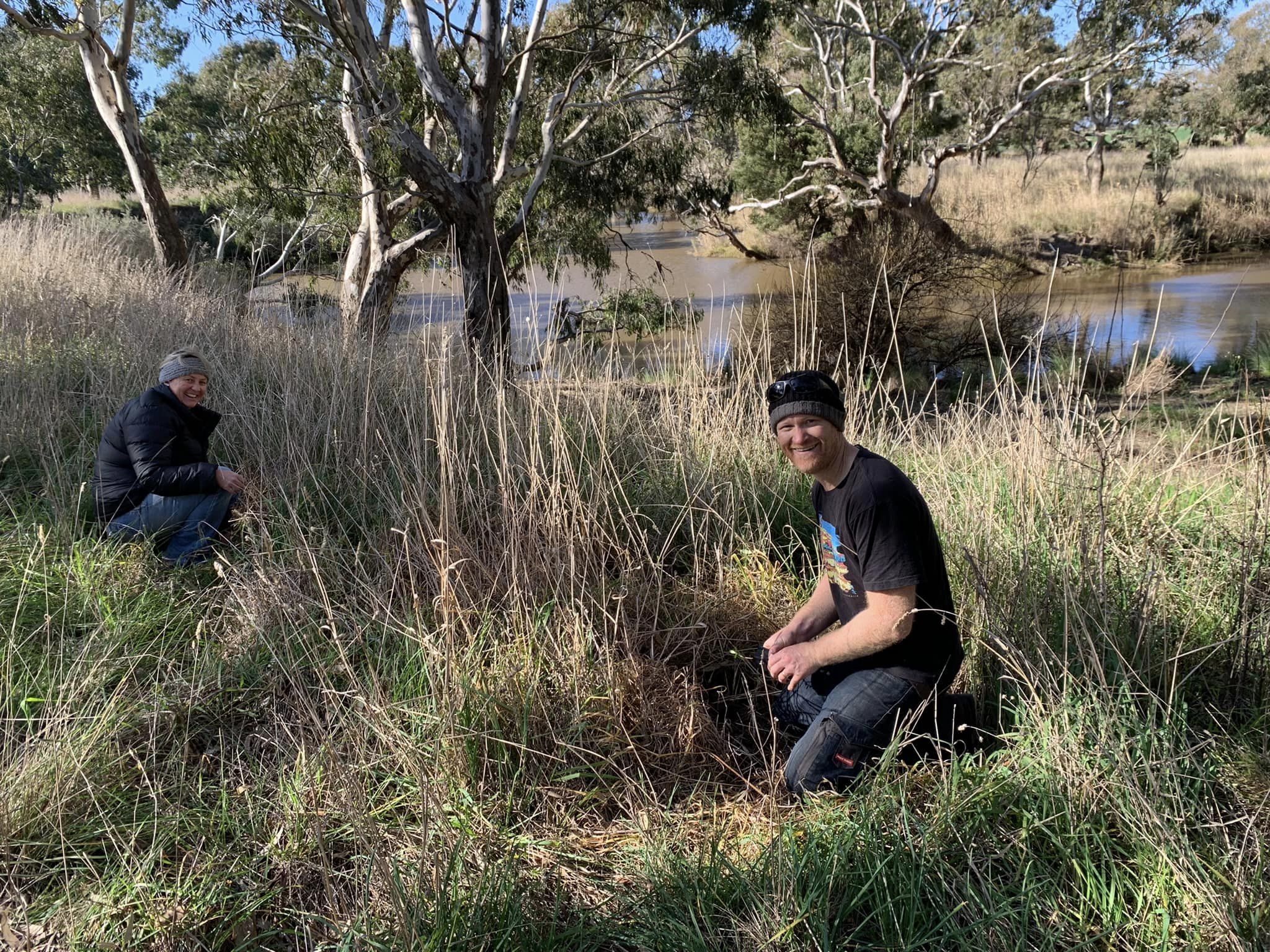Emma Burnham’s photographs put into perspective the devastation caused to trees by storms. In particular, the unusual and violent storm that wreaked havoc across Gippsland, the Dandenong Ranges, Woodend, Daylesford and Trentham earlier in the year.
https://www.instagram.com/emma_burnham_photography
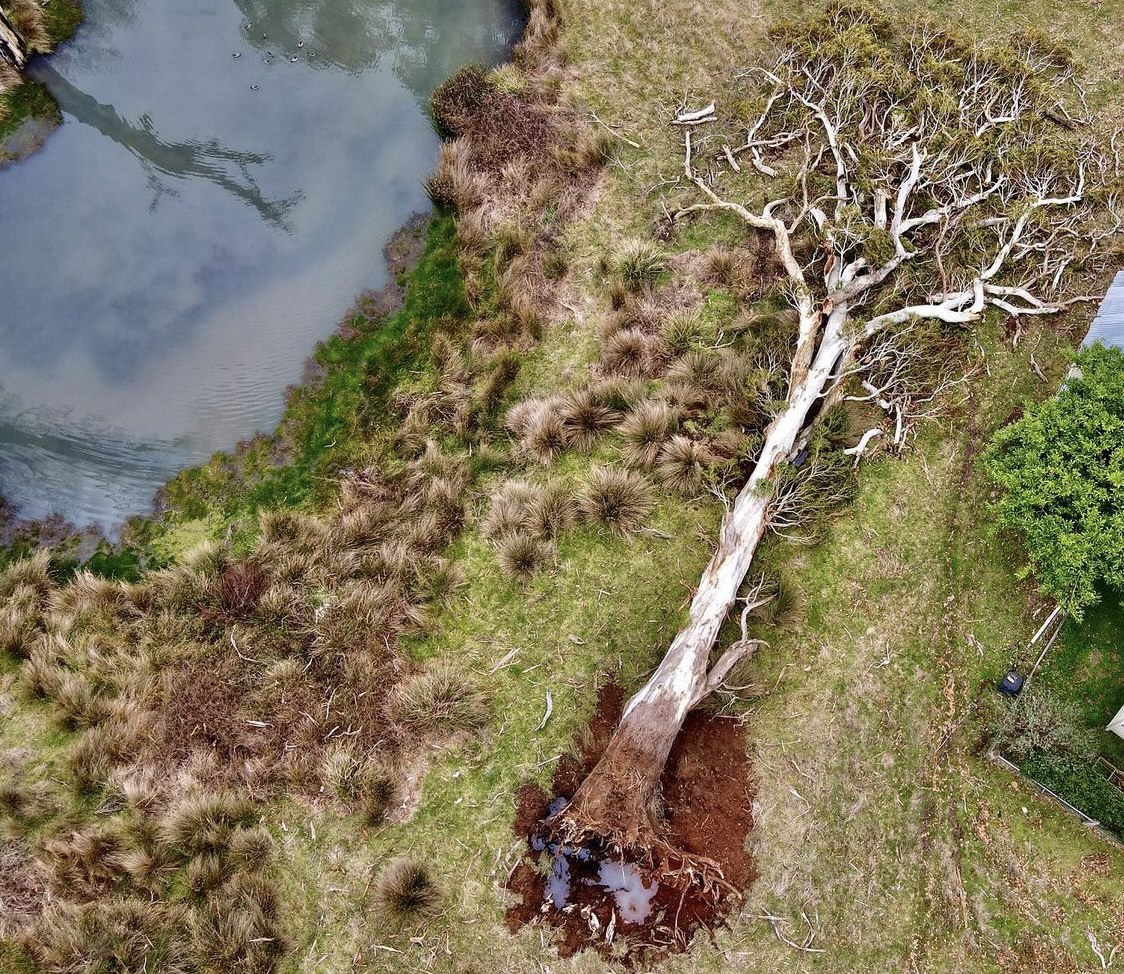
Emma’s photos made me wonder … why did we lose so many of our giants back in the June storms? Some eucalyptus trees that fell were well over 200 years old and had weathered such storms before. And after all, these storms, while brisk (~100 km/hour), they weren’t the strongest ever recorded.
From my reading, 2 conditions set up the perfect felling storm.
1. Amount of rain.
Plenty of rain hit these districts in the days leading up to the storm, with 271 millimetres falling in the Dandenong Ranges alone. Not only was the soil in a saturated and softened state, but something called ‘precipitation loading’ also added to the equation. Rain falling into branches increases the weight of those branches on the trees and that makes everything a bit heavier. So, weakened roots and a top heavy tree – not a great combo.
2. The direction of the wind.
Normally, Victoria’s high winds blow from the north or north-west, or sometimes the south-west during winter. On this occasion, the winds came in from another direction … the south-east. Apparently, trees grow to protect themselves from where they expect the strongest winds to be.
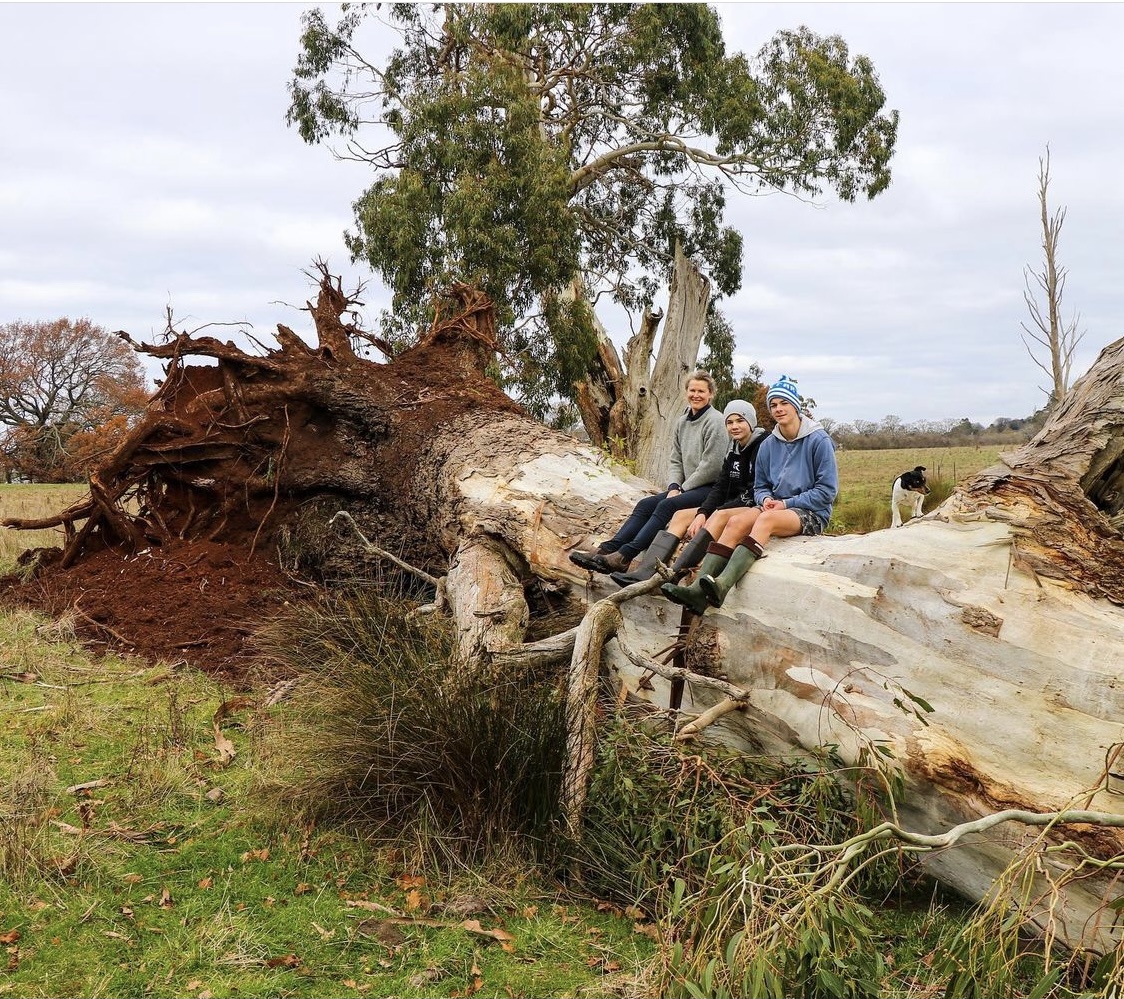
Over time, trees develop root systems to withstand winds that come from typical directions and 60 per cent of a tree’s root mass will grow to meet oncoming or prevailing winds.
Sudden rainfall that softens the soil combined with increasingly strong winds blowing from atypical directions results in trees crashing to the ground in extreme weather. In forestry language, the trees were “wind-thrown”.
What you’re seeing is the predictions of climate change that were made the best part of 30 years ago coming to fruition. Wind directions are becoming more unpredictable because of climate change.
Dr Greg Moore | Arboriculturist | Melbourne University
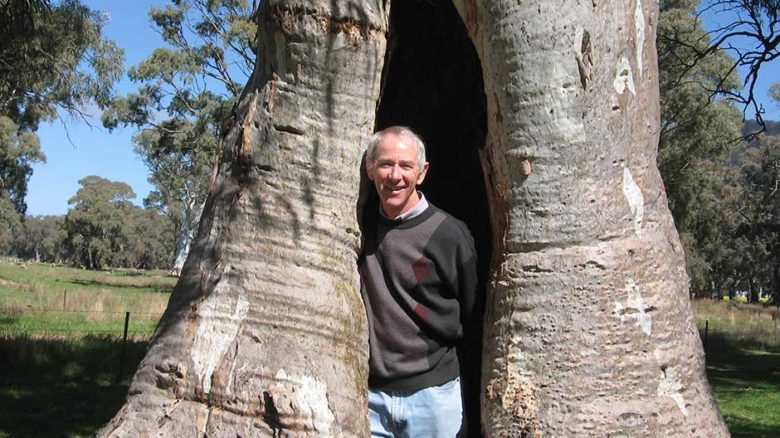
More violent storms, greater dumps of precipitation and unpredictable wind gusts! This is Climate Change 101.
With warmer temperatures forecast for the years and decades to come, we are going to see an increase of energy in the system. This means storm incidences are going to become more common. More storms and stronger unpredictable winds coming from a different direction.
Whole trees are lightly to fall if the soil is wet. Branches and limbs are likely to fall if the soil is dry. They will be ripped off by the high winds. Either way, there is going to be damage to our big beautiful giants. ‘Living trees may fall. Dead trees will fall’. CFA.
What can we do?
Inspect your trees. Check to see if the canopy of the tree is it healthy and perhaps seek a professional opinion. A trimming of the heavier branches may just save the entire tree.
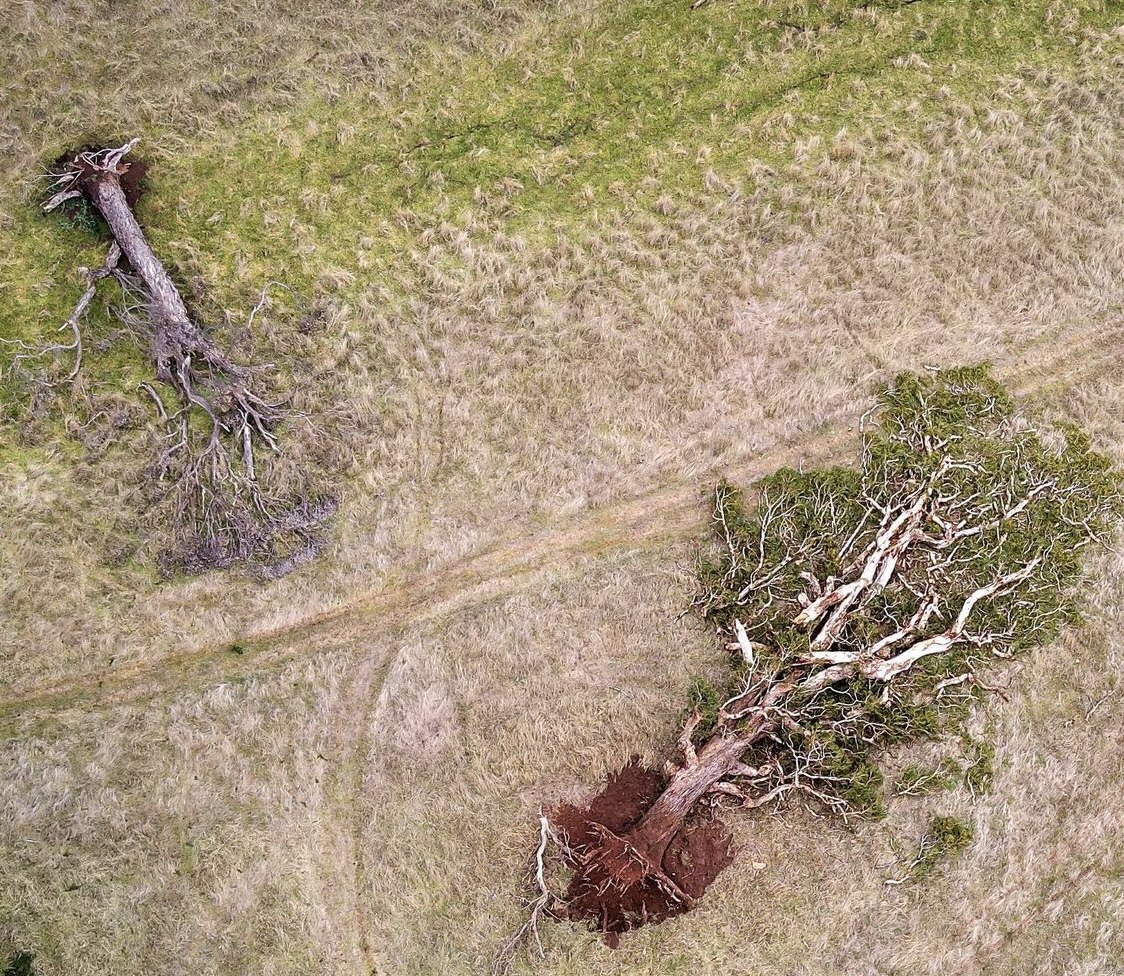
Writer – Colleen Filippa
Colleen is the founder and director of Fifteen Trees. Colleen gained her Bachelor of Environmental Science at Melbourne State College/Melbourne University.
Ref: Jacinta Parsons interviews Dr Greg Moore on ABC Radio and The Age article.


